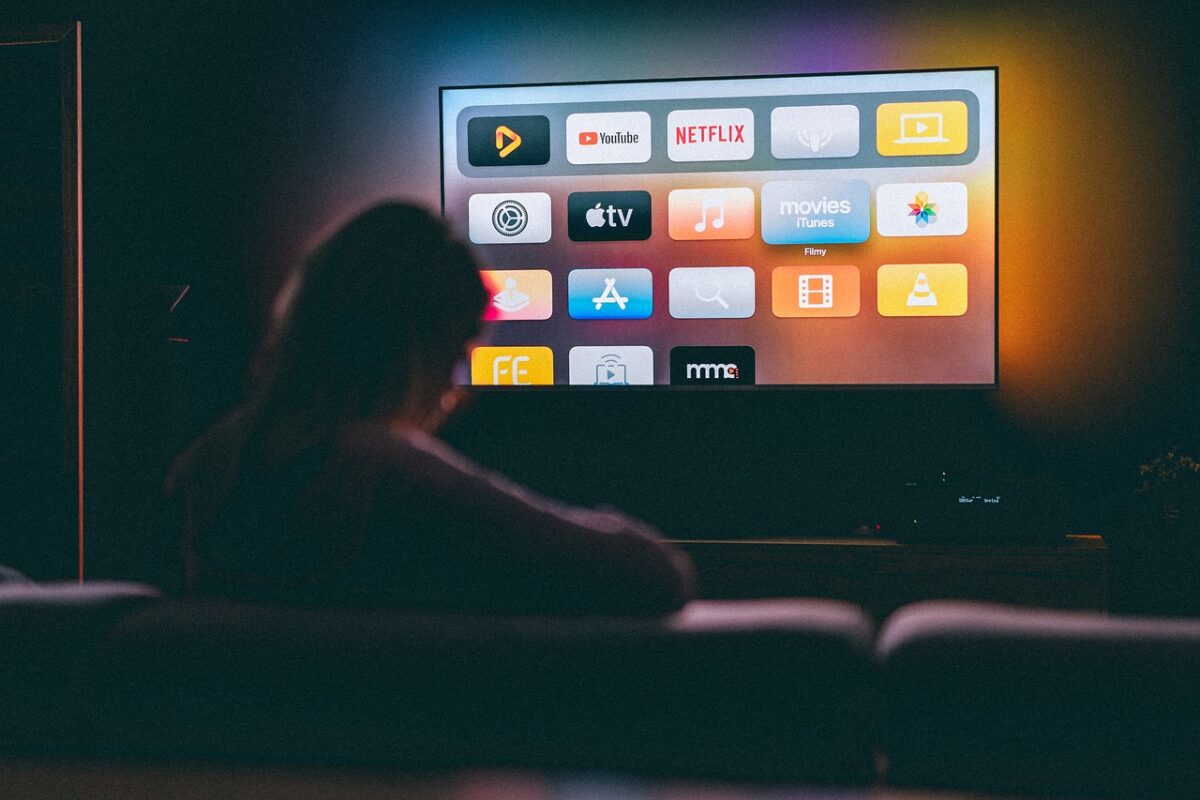Finding the right TV resolution can be tricky. Whether you’re streaming movies or gaming, your display matters. The difference between 1080p vs 720p resolution plays a big role in clarity, sharpness, and overall viewing experience. Here’s everything you need to know before making your decision.
1. What Does TV Resolution Mean?
Resolution refers to the number of pixels on your screen. Pixels make up the images you see. More pixels mean more detail and sharper visuals.
- 720p resolution. 1280×720 pixels (progressive scan).
- 1080p resolution. 1920×1080 pixels (progressive scan).
These pixel counts create the difference in picture quality. 1080p offers nearly twice the pixels of 720p, making it sharper and clearer on larger screens.
2. Which Screen Size Works Best for 1080p vs 720p?
Screen size influences how noticeable resolution becomes. A 720p resolution looks fine on smaller screens, especially under 32 inches. Once you hit 40 inches or larger, 1080p starts making a difference.
- TVs under 32 inches. 720p is good enough.
- TVs over 40 inches. 1080p provides better clarity.
Sitting closer to a larger screen? You’ll notice the difference even more. If you’re buying for a living room or media space, 1080p is the smarter choice.
3. Internet Speeds and Streaming Quality
Streaming in higher resolutions requires faster internet. 1080p streams need more bandwidth compared to 720p. If your connection isn’t stable, the stream will downgrade to a lower resolution.
- 1080p: Needs at least 5 Mbps for smooth playback.
- 720p: Works with 2.5 Mbps or slower speeds.
If you share internet with others, stick with 720p on secondary TVs to avoid buffering issues.
4. How Streaming Platforms Use Different Resolutions
Platforms like YouTube, Netflix, and Hulu adjust video resolution based on your connection. Many older shows and sports broadcasts still stream in 720p. Meanwhile, newer shows and movies default to 1080p or higher.
- 1080p for high-quality shows. Netflix originals and blockbusters.
- 720p for casual content. Sports broadcasts and older TV shows.
5. Gaming: Why Resolution Matters
Gaming consoles like the PlayStation 5 or Xbox Series X deliver sharper visuals at 1080p or higher. Graphics-heavy games benefit from 1080p, where details become clearer and text stays readable.
Older consoles, such as the Nintendo Switch or Xbox 360, still run well with 720p. But if you’re using newer consoles or gaming on a large screen, 1080p resolution is a must.
6. When Does 720p Still Make Sense?
720p is ideal for secondary rooms or casual setups. If you need a small TV for the kitchen, guest room, or kids’ room, 720p will save you money without sacrificing much quality.
Budget TVs, especially under 32 inches, often come with 720p screens. In smaller spaces, the difference between 1080p and 720p is barely noticeable.
7. Price Difference Between 720p and 1080p TVs
1080p TVs tend to cost more, but the price gap is shrinking. As 4K becomes the new standard, retailers are discounting 1080p models. However, 720p remains the budget option, especially for smaller TVs.
- 720p models: Cheaper and easy to find for small screens.
- 1080p models: Better for larger screens and living rooms.
If you want a future-proof TV without going all-in on 4K, 1080p is the better investment.
8. Cable TV and Broadcasts: What Resolution Do They Use?
Many cable providers and live broadcasts still rely on 720p resolution. Sports channels and news networks often cap at this resolution to save bandwidth.
- Cable sports: Often limited to 720p.
- Blu-ray and DVDs: Typically 1080p or higher.
If you primarily watch cable TV, upgrading to 1080p won’t improve much unless you stream content from apps like Netflix or Disney+.
9. Is 1080p Still Relevant in 2024?
Yes, 1080p is still relevant, but 4K resolution is slowly becoming the standard. Streaming platforms and TV manufacturers now push 4K models, but 1080p offers an affordable middle ground for most buyers.
- 4K for tech enthusiasts: More expensive, but future-proof.
- 1080p for practical buyers: Balanced resolution for everyday use.
If you don’t need the absolute best and want something affordable, 1080p is the sweet spot.
10. Final Verdict: Which Should You Choose?
Choose 1080p if:
- You’re buying a TV over 40 inches.
- You stream a lot of content from Netflix or HBO Max.
- You want sharper visuals for gaming or movie nights.
Choose 720p if:
- You need a small TV for a bedroom, kitchen, or guest room.
- You’re on a tight budget and don’t care about picture quality.
- You mostly watch cable TV or sports channels.
Conclusion
When comparing 1080p vs 720p resolution, it all comes down to screen size, content type, and budget. 1080p provides better picture quality and works for most setups. But 720p still has a place for smaller screens and secondary rooms. Make sure to choose based on your specific needs—whether it’s streaming, gaming, or casual viewing.




